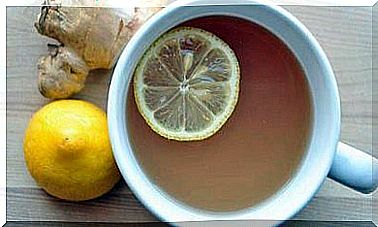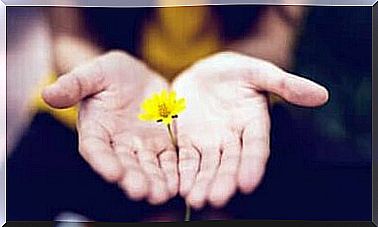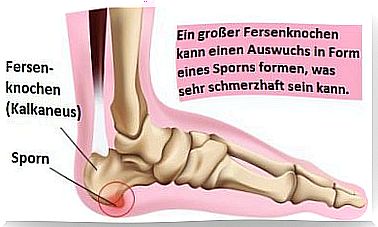5 Ecological Fertilizers To Nourish Your Plants
They not only help to provide the plants with important nutrients and stimulate their growth: coffee and eggshells are also very useful to keep pests away

Fertilizers are often used in the garden to provide the plants with those nutrients that they cannot or can only insufficiently absorb from the soil. This stimulates the growth of plants and their fruits.
There is a large number of fertilizers on the market that are tailored to very different needs: their composition differs depending on the nutrient requirements, soil quality and plant type.
As a rule, they differ less in price – they are all quite expensive. In addition, they contain substances that in the long term are more likely to harm than good to soils and plants. Perhaps this can best be compared to our beloved fast food.
Commercial fertilizers are characterized by their quick effects, but they often have to be used more and more often in order for them to continue.
It also happens that using a fertilizer prevents the absorption of a completely different nutrient and then requires another fertilizer for the plant to thrive.
These negative effects on the environment are causing more and more people to resort to natural alternatives to provide their plants with the necessary nutrients without polluting the soil and water.
At this point we would like to introduce you to 5 fertilizers that you will definitely have at home and from which your plants will benefit in the long term.
1. Leftover coffee
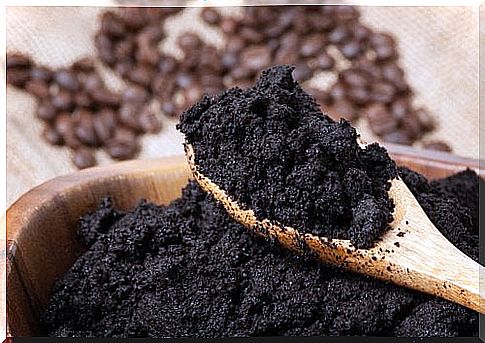
When we prepare filter coffee, coffee residues remain in the filter, which we usually dispose of with compost or household waste. These coffee residues are an excellent fertilizer for plants that prefer slightly acidic soil. This includes:
- Blueberries, currants
- Rose plants
- Azaleas
How are they to be used?
- Bury the coffee scraps near the roots of the plant you want to fertilize. A good dose is one cup a month that is not completely full.
- Sometimes another type of application is easier: Put six cups of coffee leftovers in a bucket of water and let it stand for two or three days before you water your plants with it.
2. Eggshells
Egg shells can be used in many ways; they are often combined with other natural products to achieve an even stronger effect. However, because they contain a lot of calcium, they can also be used on their own as fertilizers.
Tomatoes and peppers benefit from eggshells and are less likely to rot. Also, fruit trees, herbs and rose plants are very grateful for an extra dose of calcium.
How are they to be used?
- Wash the pods and let them dry. Then grind them up and spread the eggshell powder around the plants to be fertilized.
3. A tea made from banana peel
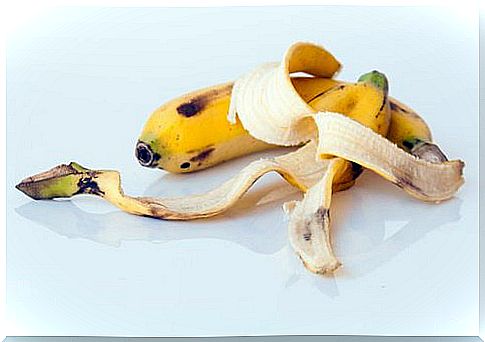
Potassium is a very important nutrient for plants and, after nitrogen, the one most in need. Potassium is required for photosynthesis, for osmoregulation and for the formation of new tissues.
If plants burn quickly in the sun, appear dull, or bloom poorly, then all of this could be due to a potassium deficiency.
We can easily compensate for this lack of potassium without having to resort to artificial fertilizers. We treat our plants to some tea made from banana peel.
How is it to be used?
- Cut the banana peels into small pieces and boil them in enough water for 15 minutes.
- When the tea is ready, let it steep a little more and dilute it with more water before watering your plants.
4. Weeds
In the meantime, a certain awareness has grown in the population that there are no plants that are only “weeds”. Many of the plants we refer to as these are very useful for nourishing the garden.
Depending on which “weed” is used for fertilization, various nutrient deficits can be compensated:
- Nettle supplies nitrogen and iron.
- Comfrey provides potassium.
- And dandelions are good when they lack calcium and magnesium.
How are they to be used?
- Place the weeds on a piece of cloth that you can use as a strainer and hang it in a bucket.
- Pour enough water over the weeds and let them ferment for ten days, stirring every day.
- Now you can distribute the enriched water over your plants.
5. Ashes from burning wood as fertilizer

Wood ash is rich in potassium and phosphorus. The latter is required by the plants to produce flowers and fruits. In this way we can later harvest aromatic, delicious fruits. Ash also helps keep plagues out.
Since fertilizing with ash changes the pH of the soil, it is not recommended to use it on plants that prefer acidic soil.
Before you fertilize your plants with wood ash, make sure that the ash does not come from wood that has been contaminated with heavy metals or other toxins.
How is it to be used?
- Mix a small amount of ash with water, then use it to water your plants daily.
- Alternatively, you can spread some ash around the plant, a few centimeters away from the stem or trunk.
As you can see, you have a lot of raw materials at home that you can use to fertilize your plants. These natural fertilizers are much healthier for the soil and the environment in the long term than commercially available, artificial fertilizers.
The natural substances used enrich the soil with nutrients and some even contain microorganisms that improve the soil’s own microclimate.
Are you ready to try these fertilizers?



